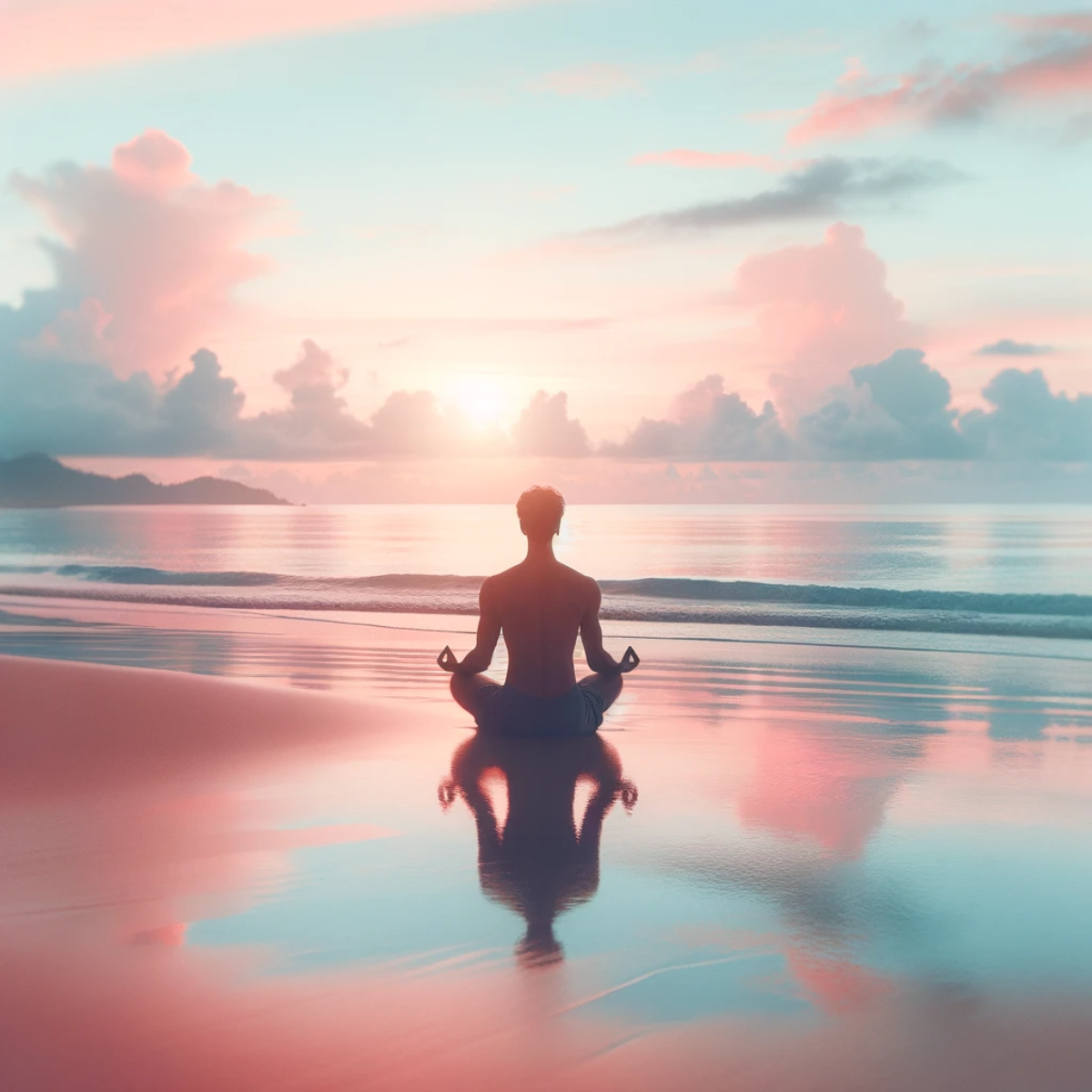Exercise and Fitness for Older Adults

Exercise and Fitness for Older Adults: A Guide to Staying Active
As we age, maintaining an active lifestyle becomes increasingly important for both physical and mental health. Regular exercise for seniors can lead to improved strength, better balance, enhanced flexibility, and overall cardiovascular health. This article explores different types of exercises that are particularly beneficial for older adults, offering practical and safe options to stay active and healthy.
Benefits of Exercise for Older Adults
Start Slow and Build Up
If new to exercise, it's important to start slowly and gradually increase intensity and duration. This approach helps prevent injuries and makes the exercise routine more sustainable.
Aerobic Exercise
Activities like walking, swimming, cycling, and dancing are excellent for cardiovascular health. Seniors should aim for at least 150 minutes of moderate aerobic activity or 75 minutes of vigorous activity each week.
Strength Training
Muscle-strengthening activities should be done at least two days a week. Options include using weights, resistance bands, or body-weight exercises like squats and push-ups.
Flexibility Exercises
Stretching exercises help maintain flexibility, reduce the risk of injury, and improve mobility. Yoga and Tai Chi are excellent for enhancing balance and flexibility.
Balance Training
Balance exercises are crucial for preventing falls, a common risk for older adults. Practices like Tai Chi, standing on one foot, and heel-to-toe walks are effective for improving balance.
Consult with Healthcare Providers
Before starting any new exercise program, older adults need to consult with healthcare providers, especially if they have any pre-existing health conditions.
Stay Hydrated and Eat Well
Proper hydration and nutrition are essential to support exercise routines and overall health.
Listen to Your Body
It's important to pay attention to the body's signals. If something hurts or doesn't feel right, stop and consult a healthcare professional.
Make It Enjoyable
Choose activities that are enjoyable to increase the likelihood of sticking with the exercise routine.
Join Groups or Classes
Participating in group classes or exercise sessions can provide a social aspect to exercise, making it more enjoyable and motivating.
Conclusion
In conclusion, exercise and fitness play a vital role in the health and well-being of older adults. Incorporating regular physical activity into their routines enables seniors to enjoy a range of benefits—from improved physical strength and balance to enhanced mental clarity and emotional well-being. While there are challenges to staying active in older age, finding enjoyable, suitable exercises and overcoming barriers with practical solutions can lead to a more fulfilling and independent life. Staying active is not just about adding years to life, but more importantly, adding life to years.
Shop Eternal WellnessDisclaimer: The information provided in this article is for educational and informational purposes only and is not intended as medical advice. The content is not meant to be a substitute for professional medical advice, diagnosis, or treatment. Always seek the advice of your physician or other qualified health provider with any questions you may have regarding a medical condition, physical fitness, or exercise routines. Never disregard professional medical advice or delay in seeking it because of something you have read in this article. Exercise and physical activity can involve risk, especially for older adults; it is recommended to consult healthcare professionals before beginning any new exercise program.
References
- National Institute on Aging. "Exercise and Physical Activity." Link
- American College of Sports Medicine. "Physical Activity Guidelines for Older Adults." Link
- Centers for Disease Control and Prevention. "Physical Activity for Older Adults." Link
- Harvard Medical School. "Strength and Power Training for Older Adults." Link




















